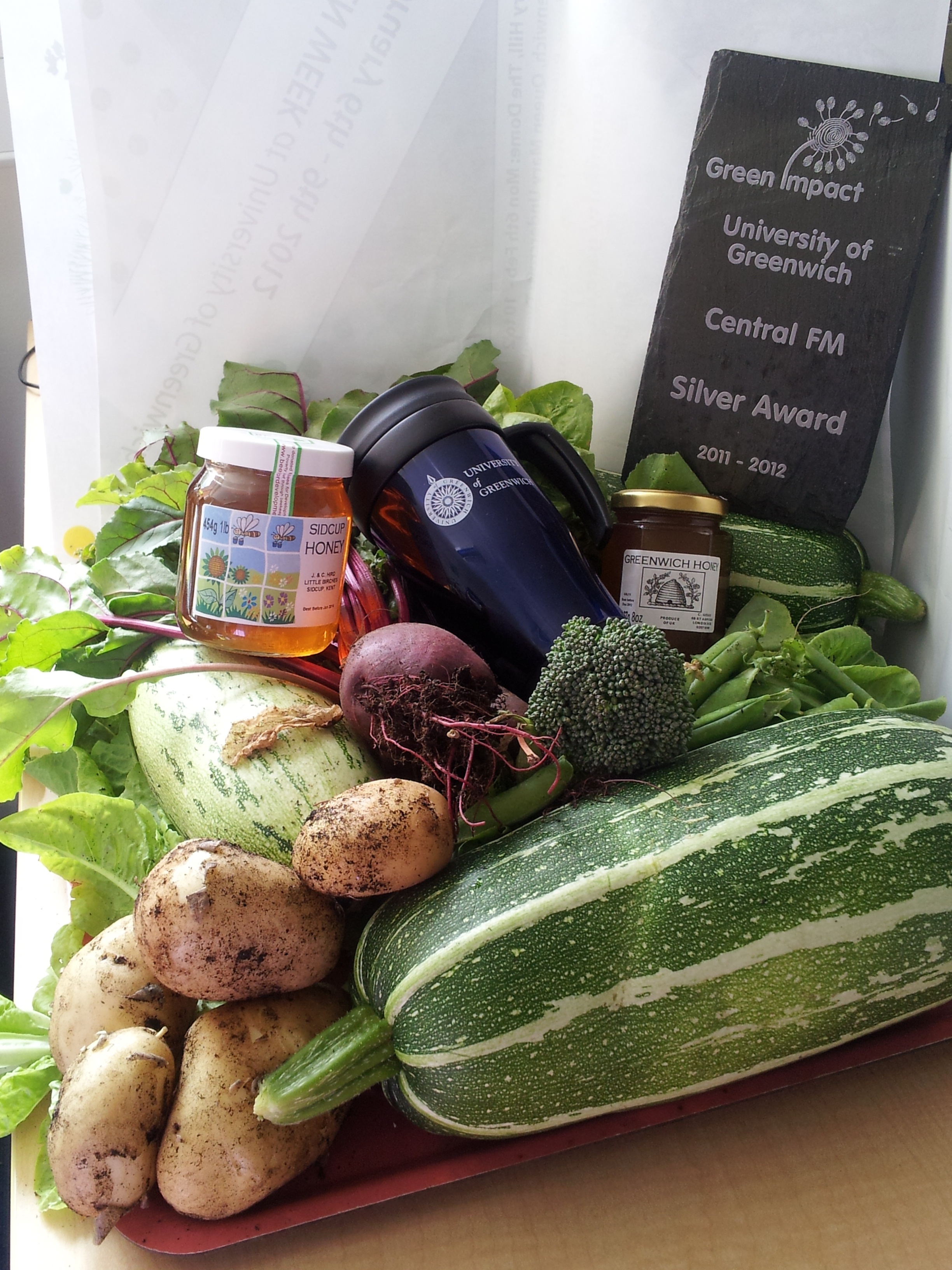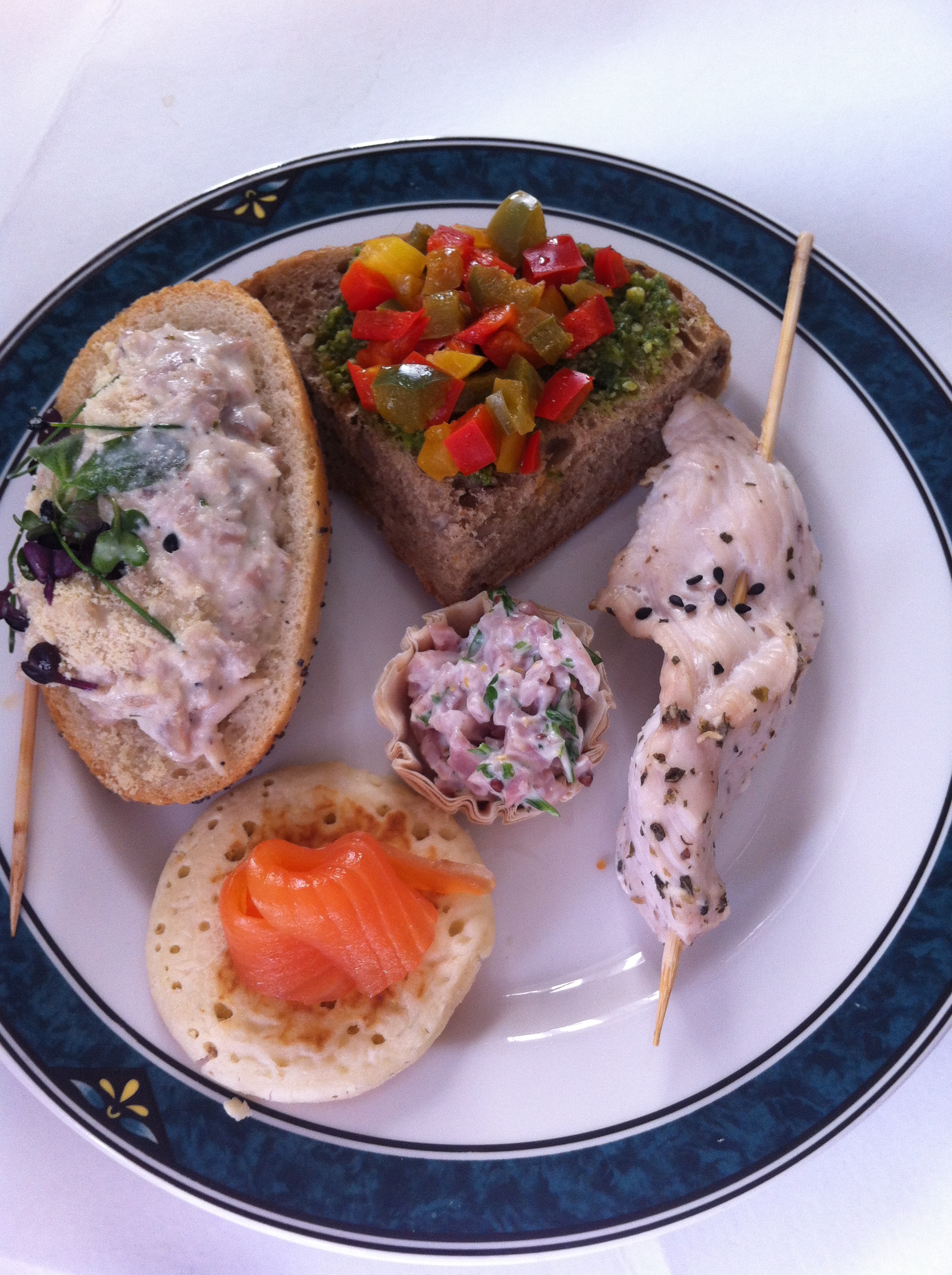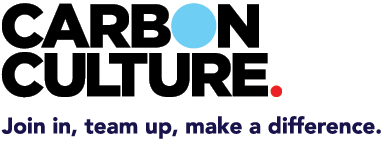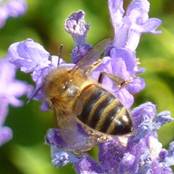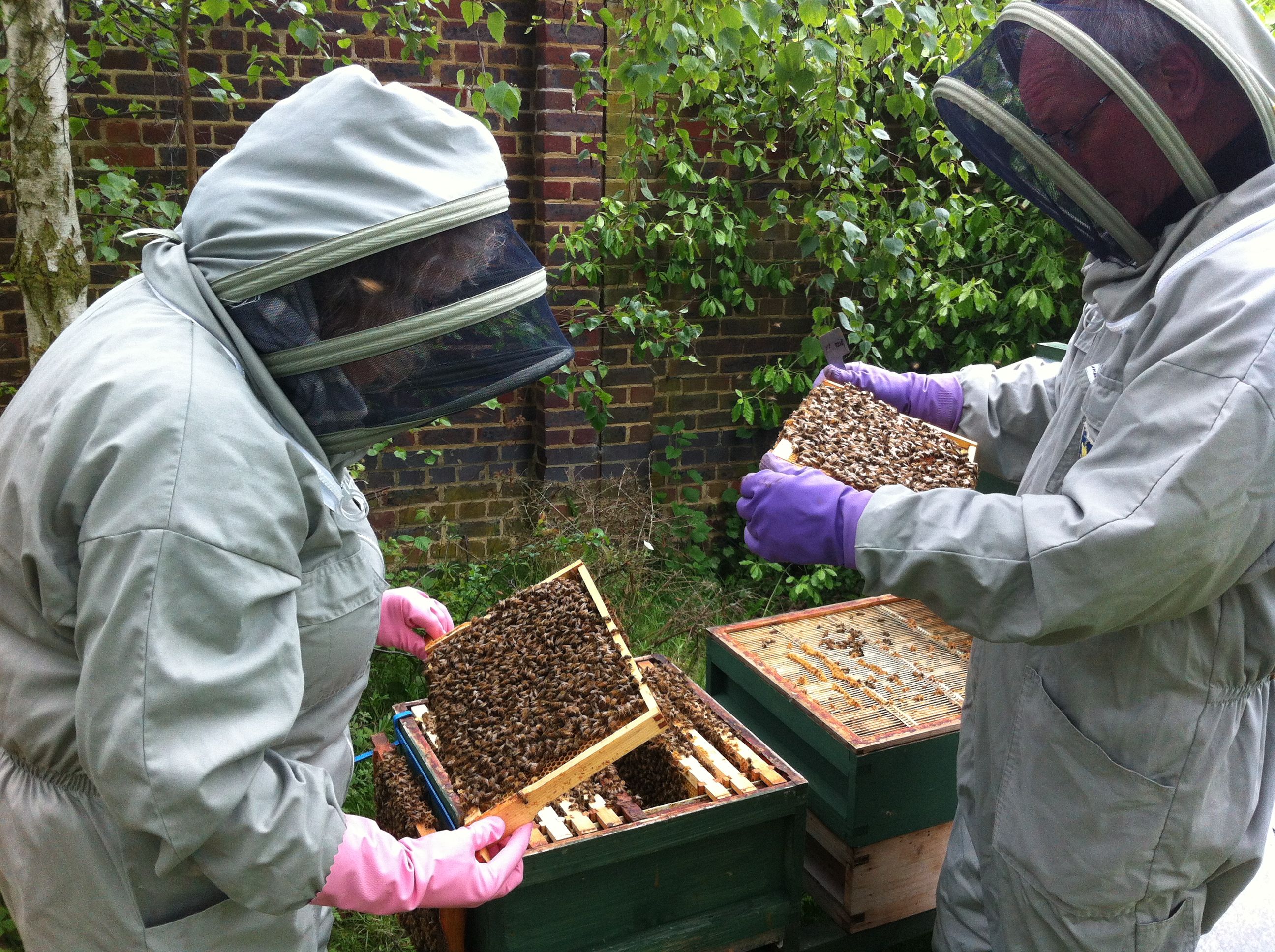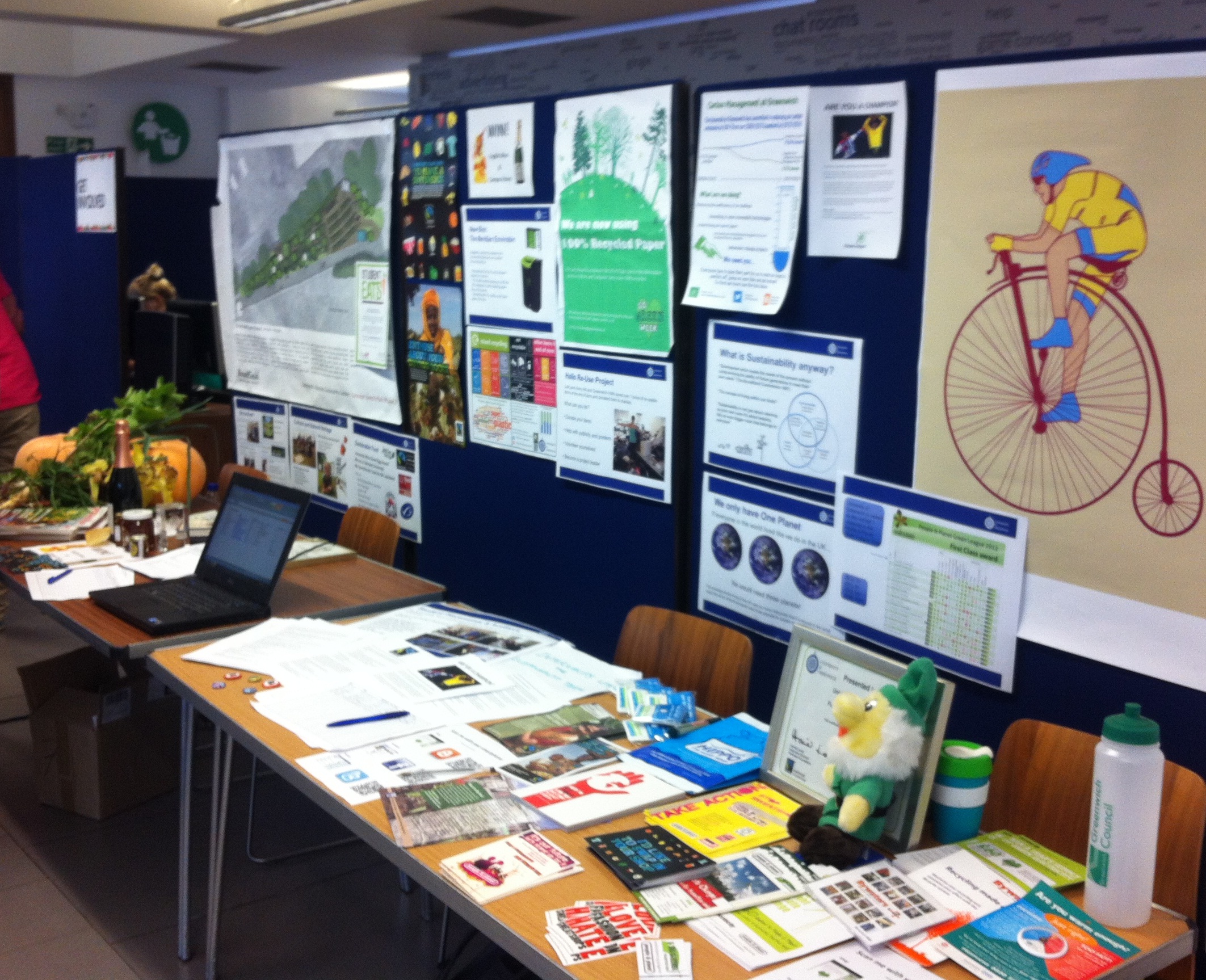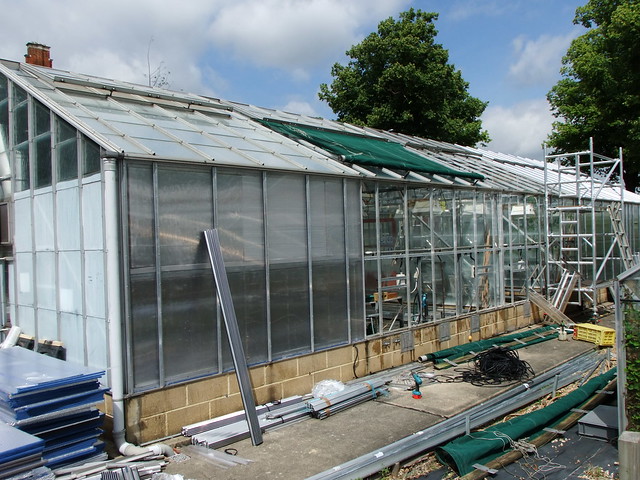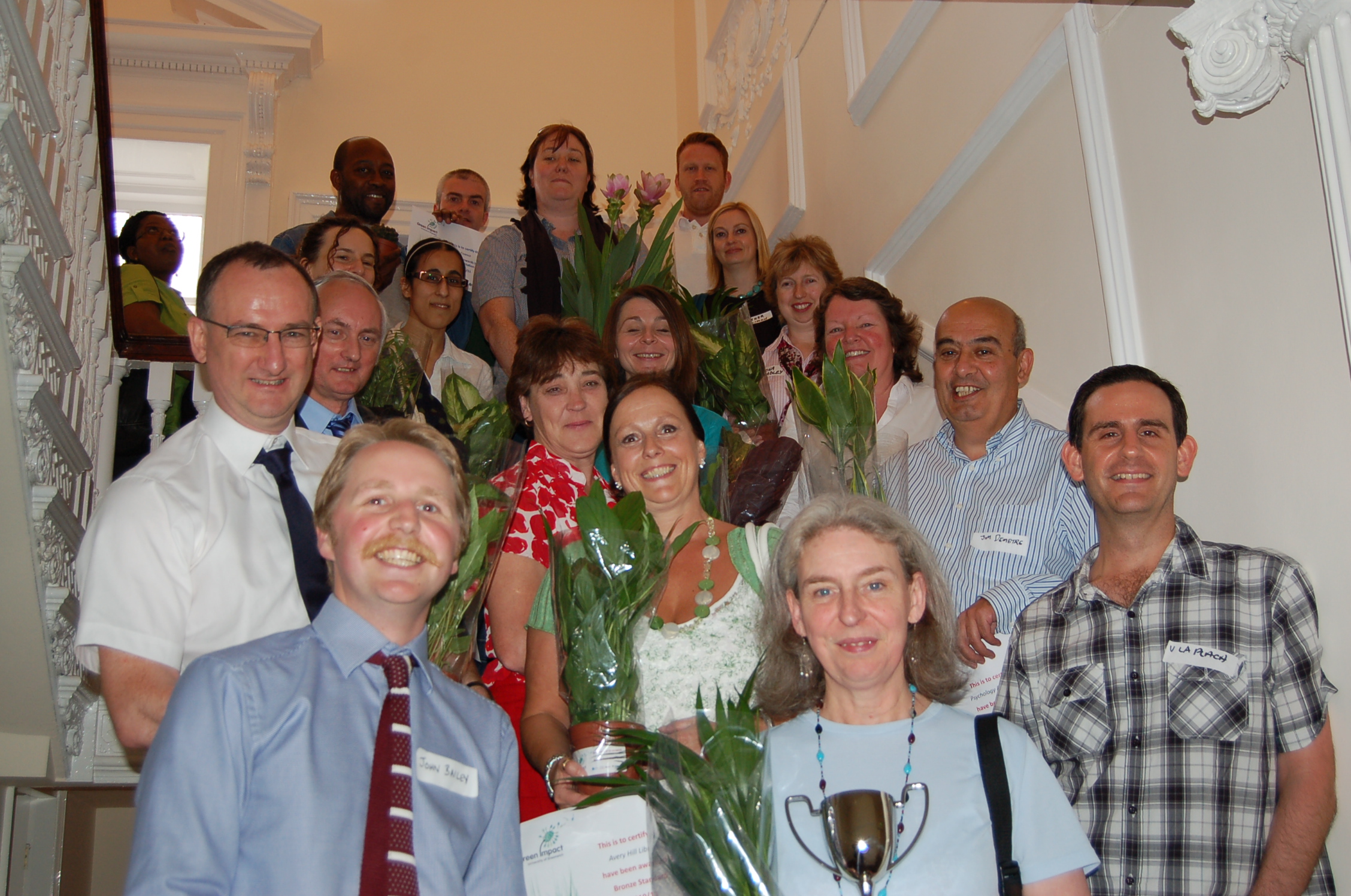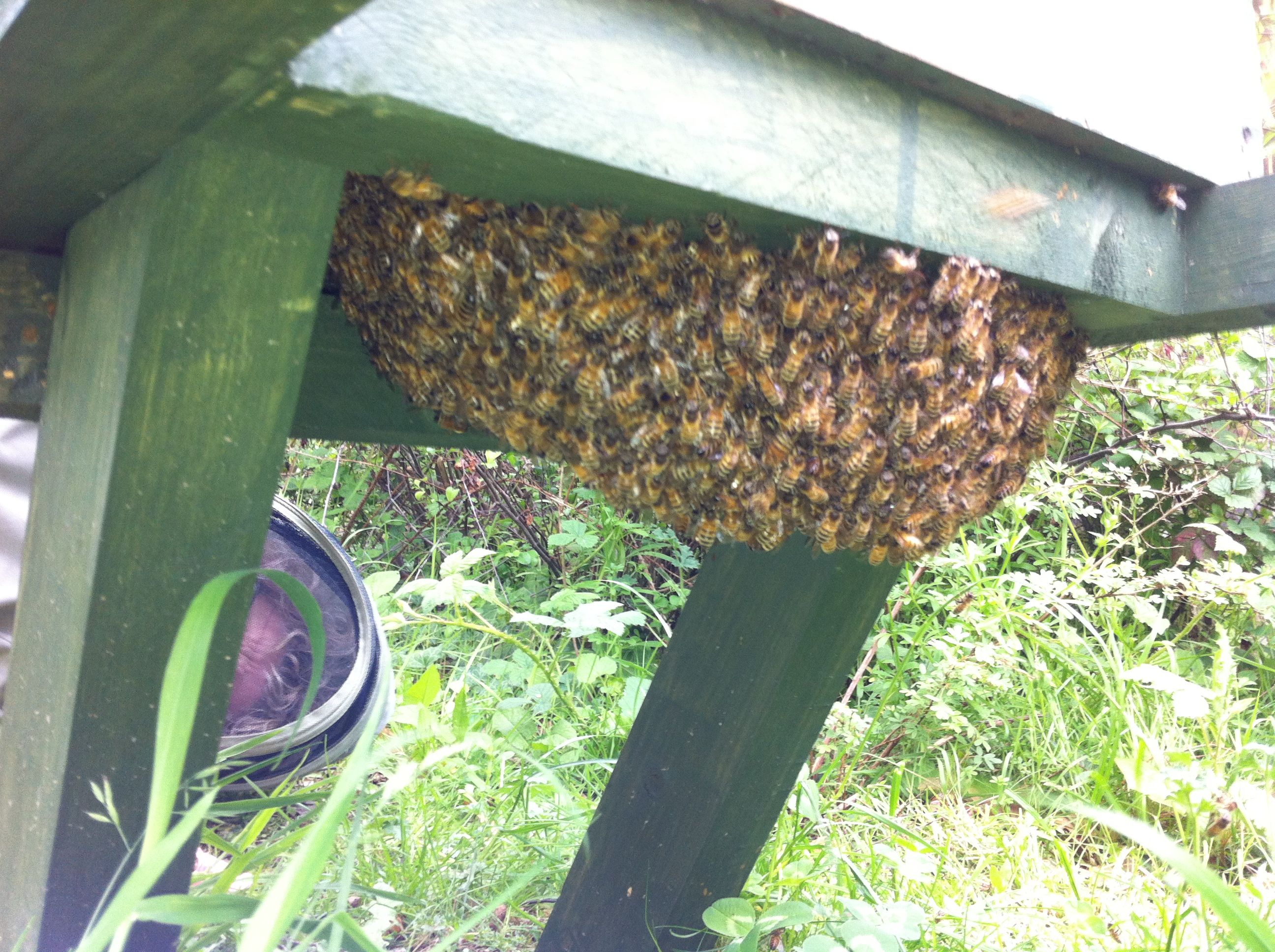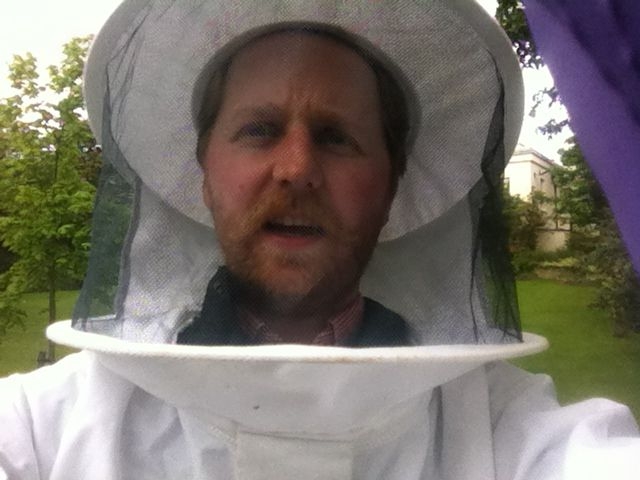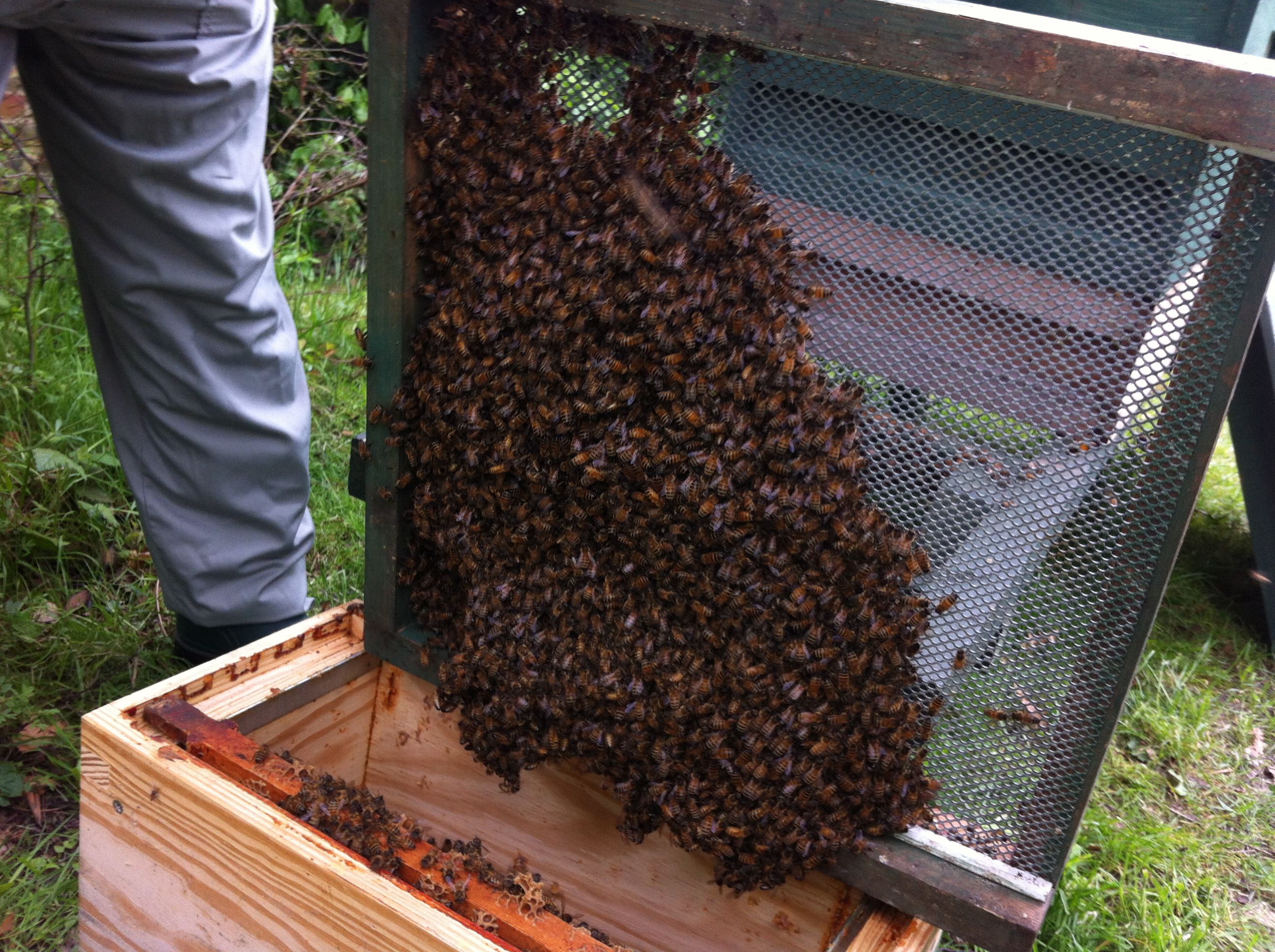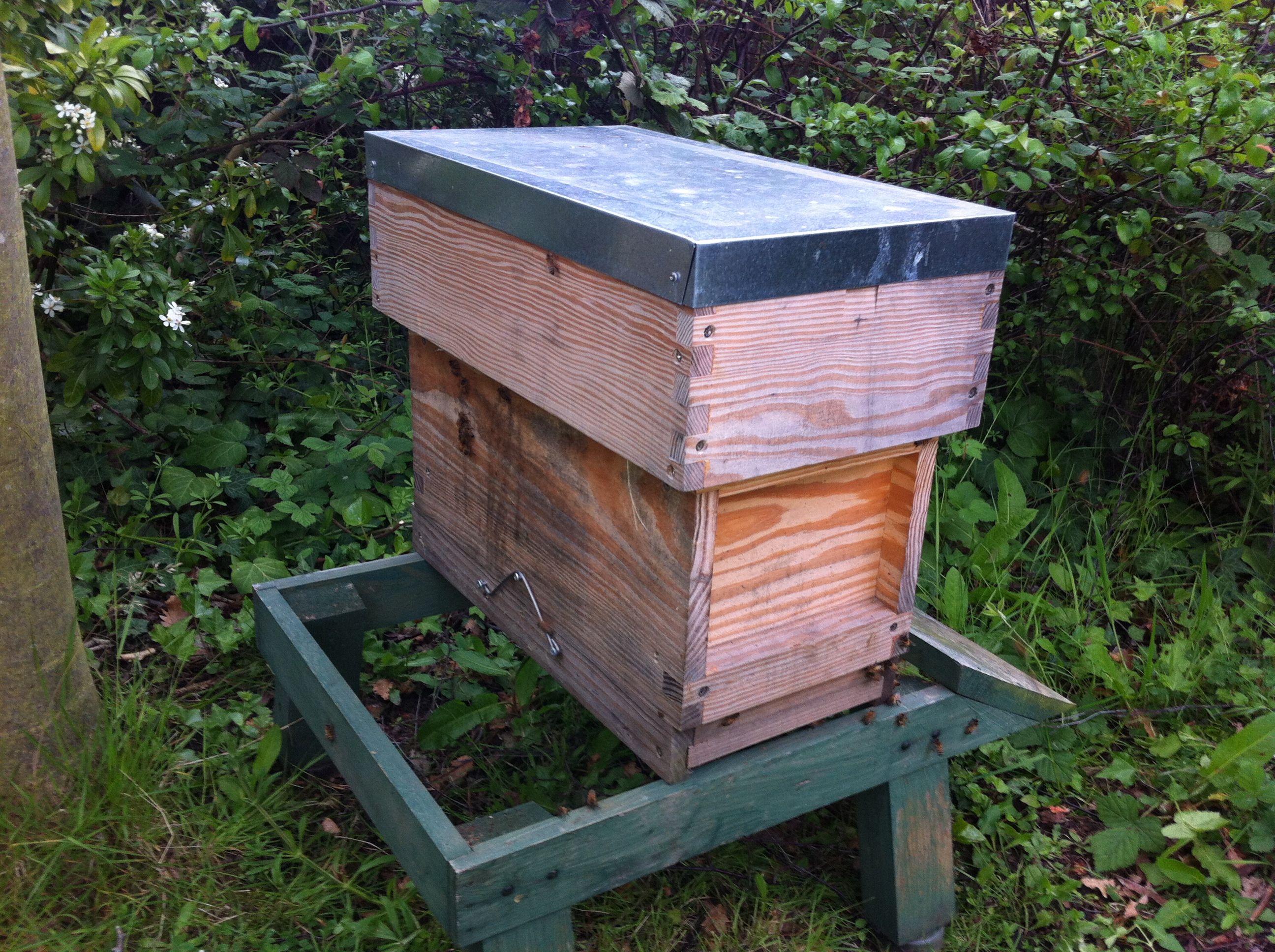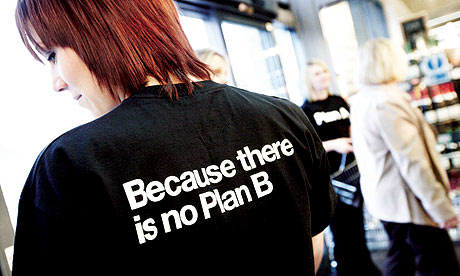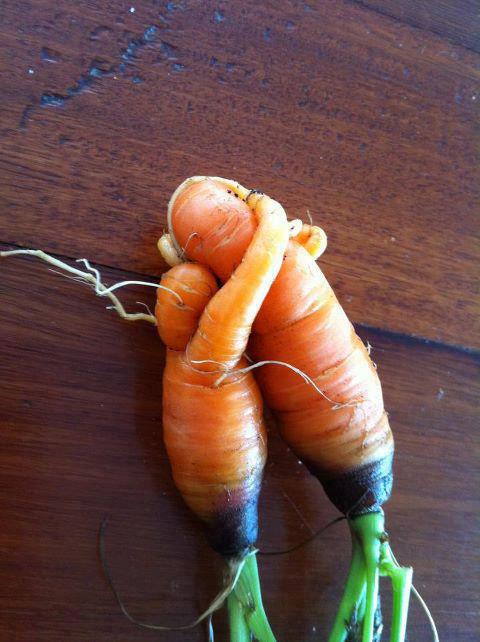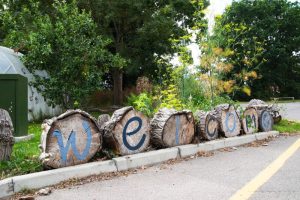As work gets under way in 2013 we take a moment to look back on 2012 and see what the University of Greenwich has achieved in the last 12 months by looking back at some of the highlights of the year. So in chronological order:
Green Week & Fairtrade Fortnight
February and March was action packed with Green Week and Fairtrade Fortnight giving everyone at the university a chance to find out more about sustainability and how they can get more involved at home and at the university.
In March our sustainability management system was accredited with the ISO14001 international standard. This was a huge achievement for a lot of staff working in the Facilities Management department and recognition for work that had been ongoing for a couple of years.
In April we started work on the community garden at the Avery Hill Campus. It has been a tremendous first year and the garden is now well and truly starting to take shape with a polytunnel, shed, rainwater harvesting and a harvest of fruit and veg with the biggest parsnips and pumpkins I have ever seen. A huge amount of help has come from the volunteers and with a forest garden planting session planned for early this year it is going to continue to grow and flourish.
Emily Joins the Sustainability Team
In April last year we were blessed with a new team member as Emily Crockford (now Mason) joined us from the University of Kent. Emily has been a great asset to the team working really hard to get the Carbon Culture tool up and running and has been instrumental in the development of the community garden.
1st in the People & Planet Green League
The 28th May was a proud day for the University of Greenwich as we topped the People and Planet Green League for 2012. This was a reflection on the hard work that has been taking place across the university for a number of years and continued progress on sustainability projects across campus. We were absolutely delighted with the result especially considering that we were positioned 103rd in the same league table just three years ago!
We celebrated the end of the academic year with our annual sustainability awards. A brilliant year for sustainability at the university capped with an enormous effort from our sustainability champions who tripled the number of Green Impact tasks completed to over 1500 and 8 departments ended up receiving the Gold Award whereas only one managed this the previous year.


Meridian Envirobin
A partnership between the University of Greenwich and Leafield Environmental resulted in the Meridian Envirobin. A brand new concept for recycling by designing a bin to encourage the end users to recycle more and throw less into the not-recyclable waste stream. The bin has now been installed at the Avery Hill and Medway Campuses and although we are still waiting for the official figures from our waste contractor we are noticing a rise in the recycling rates on those two campuses.
A lot of work going on across the university is starting to pay off as the University’s carbon emissions have begun to fall. The introduction of the Carbon Culture Tool is a particularly exciting development and one that will hopefully lead to further savings in 2013 but the stars of the show our the photovoltaic solar panels on the Avery Hill Campus which exceeded expectations and generated 46,796 kWh in their first 12 months bringing the payback period under 10 years.







